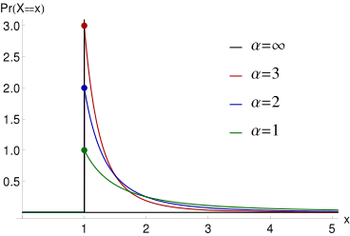 The Pareto Distribution
The Pareto Distribution The Pareto distribution is quite famous in Economics and is named after the Italian polymath Vilfredo Pareto (1848-1923). Mathematically, the distribution is referred to as a power law probability distribution (see graph) and it is applicable to phenomena in both the natural and social sciences.
The distribution has its origins in the income data Pareto published in 1897 when he explored how wealth across society was allocated. Pareto found that the income distribution was not a bell shaped curve. There was many people at the bottom end of the wealth distribution, a wide middle class and some super wealthy individuals. His distribution is usually explained through the 80-20 rule of thumb. 80% of the wealth is usually owned by 20% of the people. This is usually a good approximation.
A fun and accessible way to learn about the Pareto (and Pareto-like) distribution is through sports data.
The graph below shows the PGA Tour Earnings for Golfers in 2015. Out of the 385 golfers on the tour Jordan Spieth has the highest earnings. Like Spieth, there are a few very high earners but these are in the minority (e.g. Jason Day, Bubba Watson, Rickie Fowler, Dustin Johnson, Justin Rose and Rory McIlroy). There are some golfers earning a reasonable sum, the middle-class, and then a glut of lower earners. The top 20% (77 Golfers) earned $218,010,501 together, that’s 68% of the total earnings. The remaining 80% (308) golfers divided the remaining $101,434,093 between them.
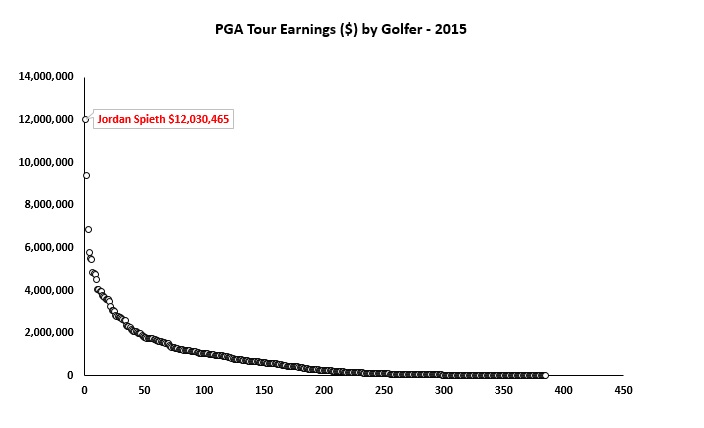
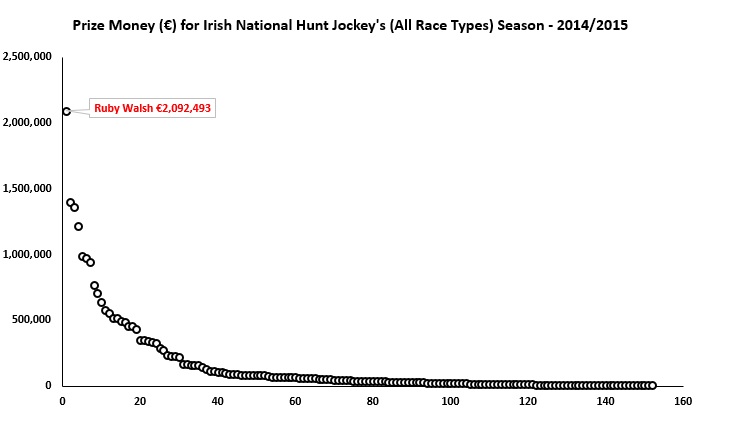
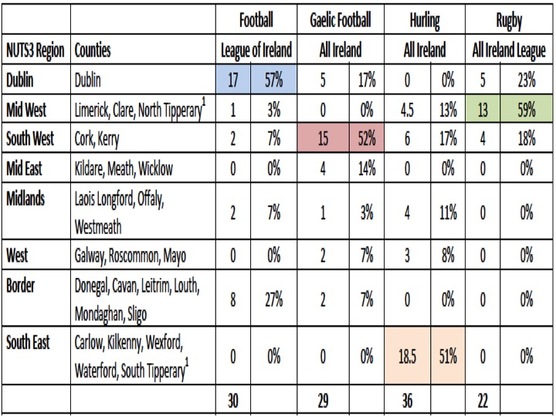
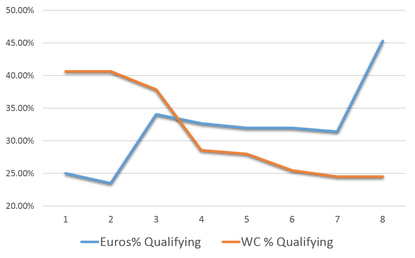
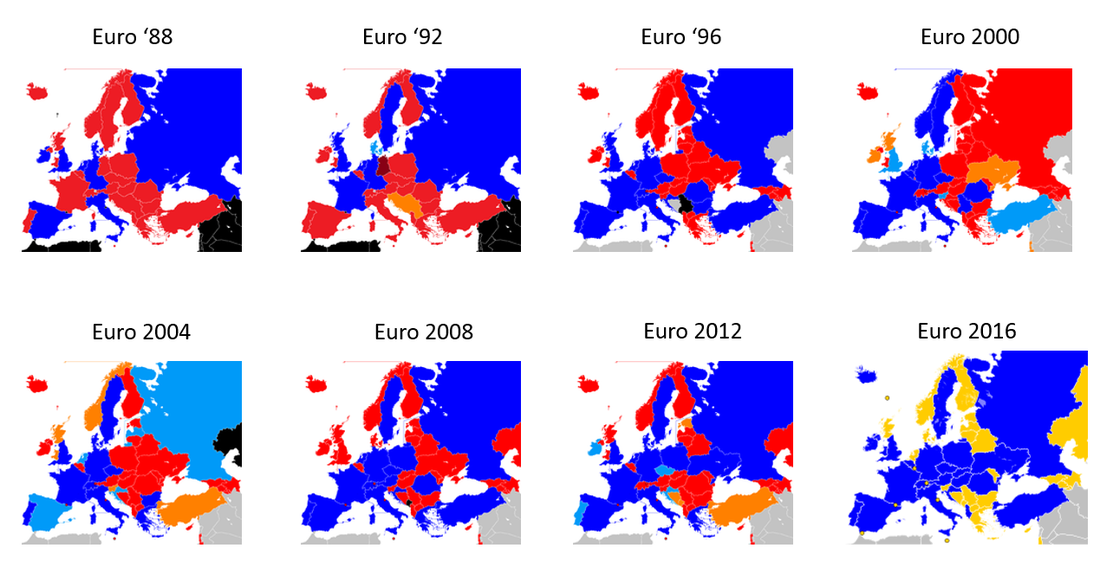
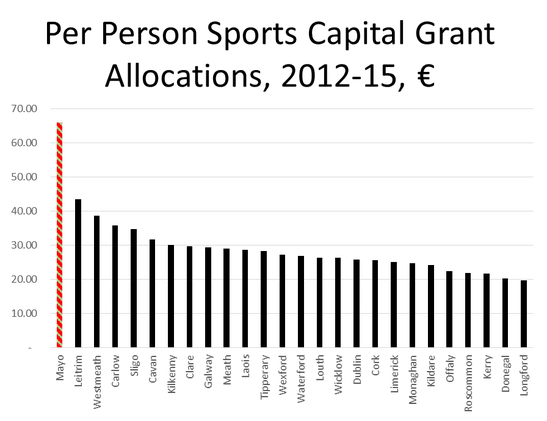
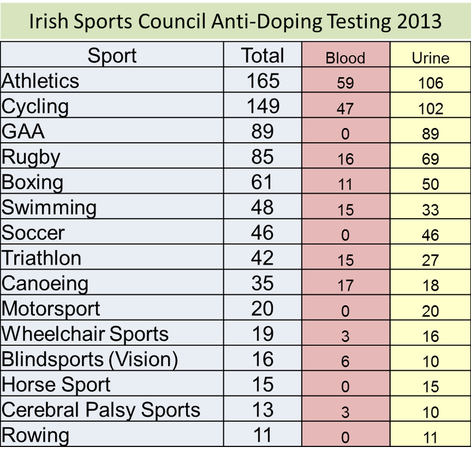
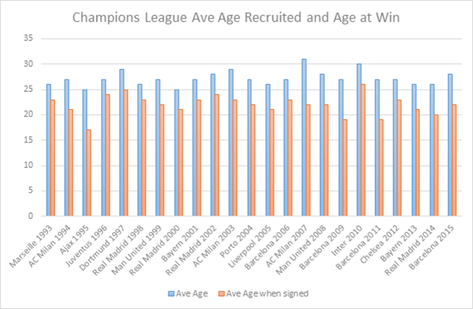
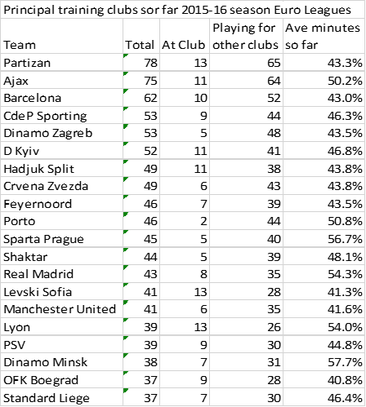
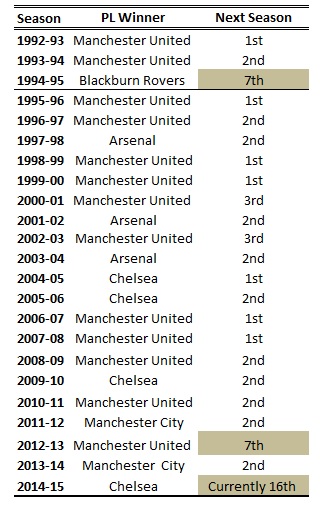
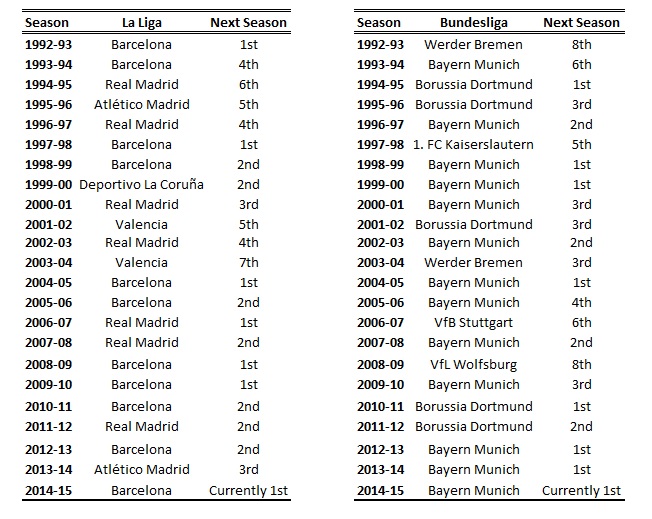

 RSS Feed
RSS Feed